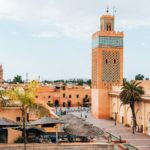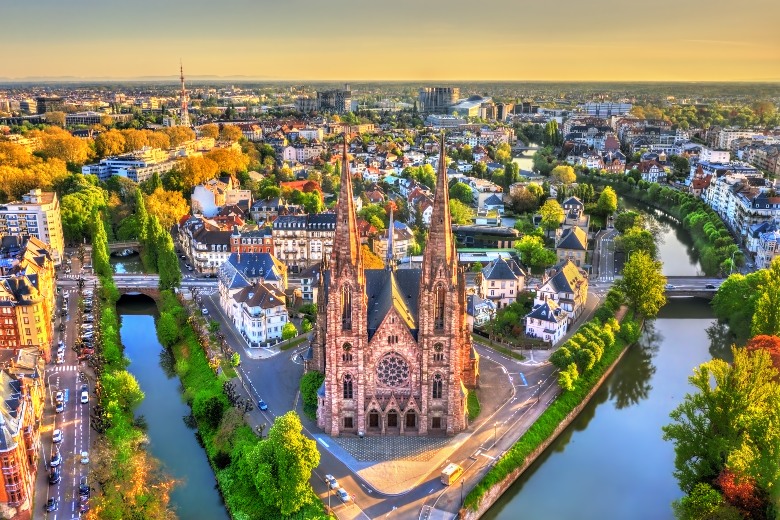
Strasbourg is the capital city of the Grand Est region of France formerly known as Alsace. As you can probably tell from the name, Strasbourg is a blend of French and German influences. Found near the border with Germany, it has a long history with both countries. The city, technically divided into seven islands by the River Ill, has a beautiful mix of architecture, from Mediaeval and Renaissance to Romantic and Art Nouveau. Described by Forbes as ‘a little city with a lot of cultures’, Strasbourg is definitely worth a visit.
Here are some of the most popular attractions…
La Petite France
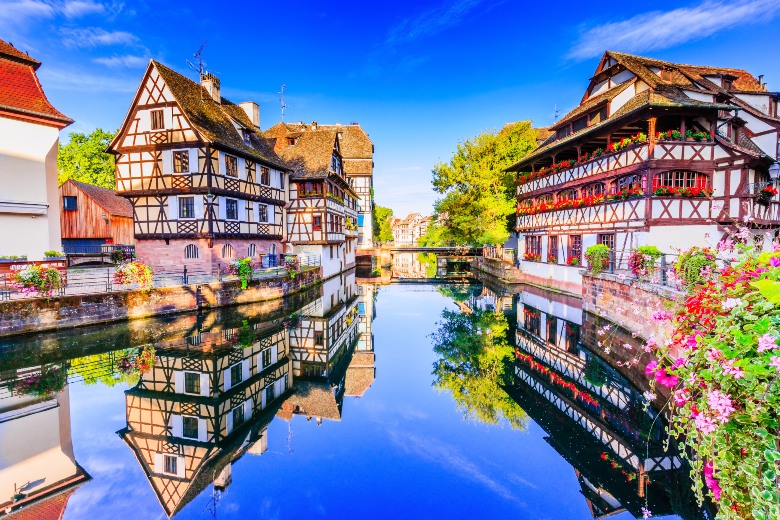
La Petite France, one of Strasbourg’s greatest attractions, is a historical district surrounded by four canals, filled with houses from the 16th and 17th centuries. Venture back in time as you stroll through old cobblestone streets, past colorful half-timbered buildings covered in flowers and enchanting alleys. There are no cars allowed, only pedestrians bicycles, so you can truly take in the magical atmosphere. This fairytale district, with its photo-ready charm, may just be the most beautiful place you’ll visit.
Cathédrale Notre Dame de Strasbourg
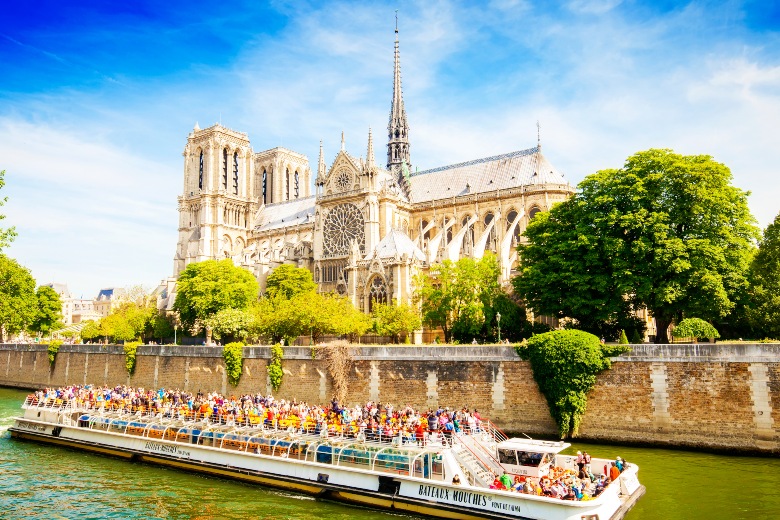
This Gothic cathedral is every bit as interesting as its sister in Paris, the Notre Dame. In the 70s it was one of the tallest buildings in the world, and now it still holds the record of being in the top 10 tallest churches. One famous attraction that draws people here is the Astronomical Clock. The clock dates from 1843 and has a perpetual calendar, a planetary dial, and solar and lunar eclipses.
Centre-ville de Strasbourg
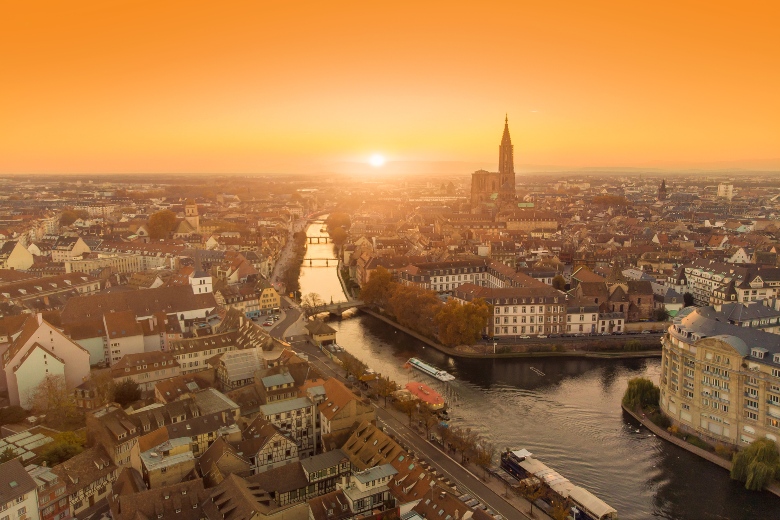
The city center is the historical and geographical heart of Strasbourg. You’ll find beautiful ancient buildings, charming restaurants and bistros, and an excellent selection of cafes and bistros. From this UNESCO World Heritage Site, you can easily get to many of the famous landmarks in Strasbourg such as the Cathedral, the famous squares, and the museum.
Palais de Rohan
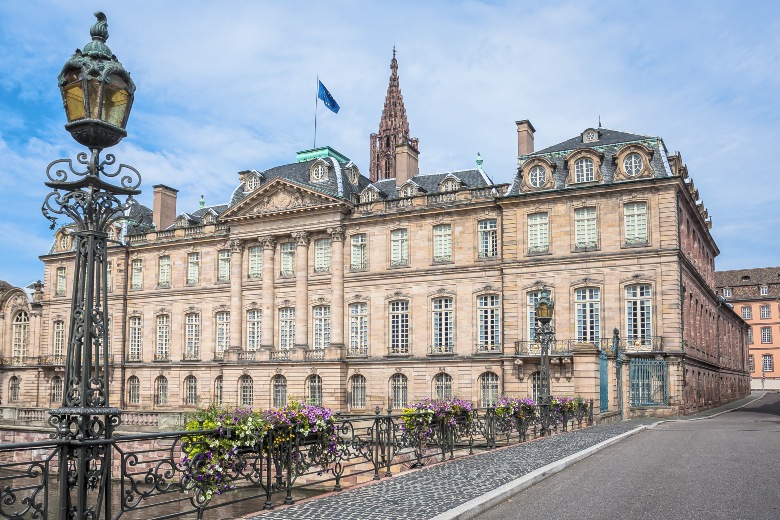
This beautiful 18th century palace is home to three different museums; Musée des Beaux Arts, Musée Archéologique and Musée des Arts Décoratifs. When purchasing your ticket you can choose any one of the museums or all three at a discounted price. The Palace is divided into levels for each museum. The archaeology museum, which is in the basement, showcases the history of Strasbourg from prehistoric times to Roman and more recent times. The museum of decorative arts, found on the ground floor, includes restored rooms that have been preserved and decorated to reflect the time period. Lastly the museum of fine arts, on the upper floor, has an exhibit of classic paintings with frequently changing displays.
Barrage Vauban
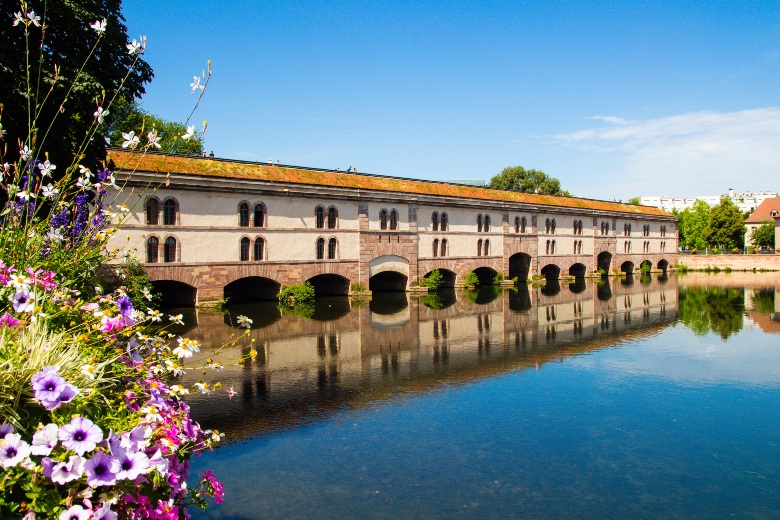
The Barrage Vauban is one of Strasbourg’s most popular attractions, steeped in fascinating history and incredible engineering. It has a wonderful viewing terrace on the roof, looking out onto the Ponts Couverts as well as the Petite France quarter. Be sure to bring your camera, this is a great spot to take photos from.
Ponts Couverts
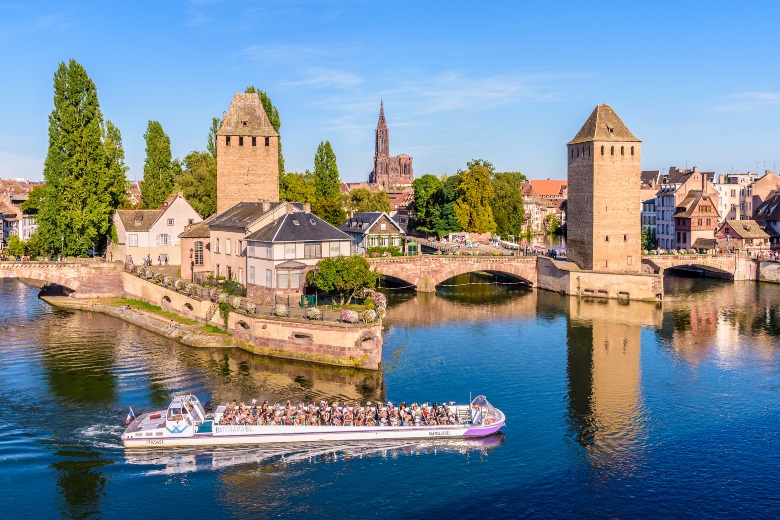
The bridges used to be covered by wooden roofs, hence the name ‘covered bridges’ and now they are a key attraction in the historical Petite France section of Strasbourg. If you’re looking for the perfect photo of the bridges, one of the best angles is looking across at them from Barrage Vauban.
Place Kleber
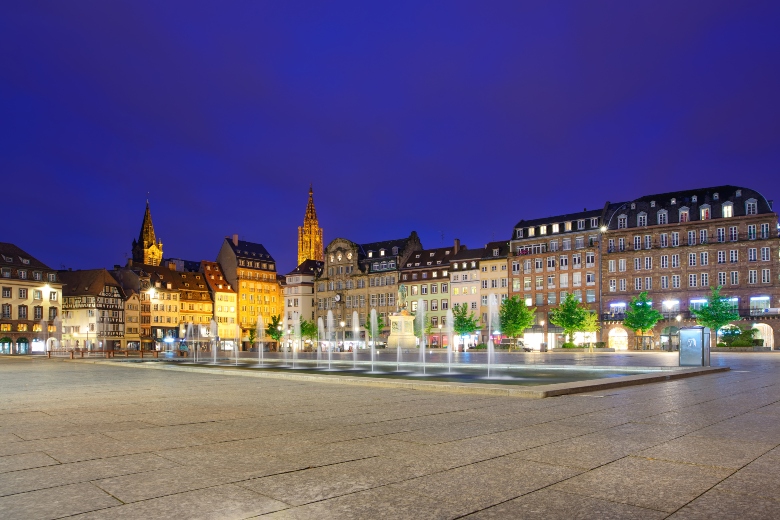
Place Kleber square is one of the main shopping areas, as well as the venue for the annual Christmas market. Here you’ll find the full range of shops, from local businesses to Lush, set among a picturesque collection of statues and fountains. Kleber square is also home to Galeries Lafayette. The square itself is named after John-Baptiste Kleber, a famous military hero during the French Revolution who died in Cairo in 1800. Napoleon had him buried on an island near Marseille so his tomb wouldn’t become a monument to Republicanism. In 1838 Louis XVIII had his body brought back and commissioned a new grave under his statue in the city he was born in.
Parc de l’Orangerie
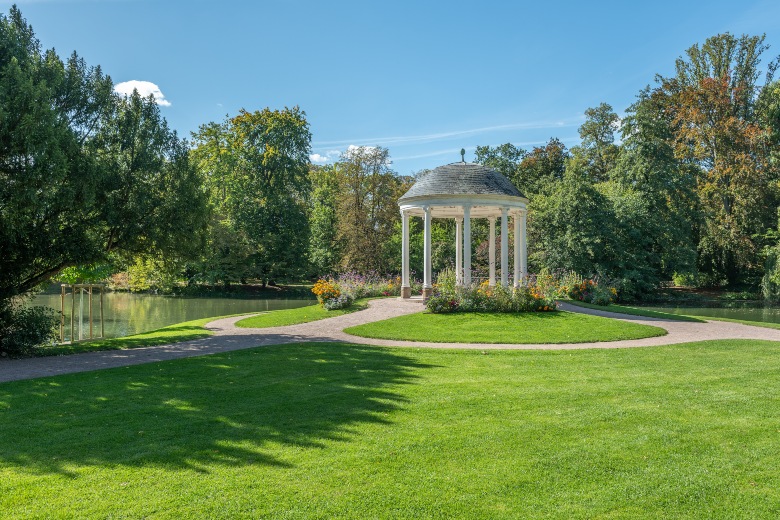
Parc de l’Orangerie, named for the 140 orange trees that were confiscated and planted here during the revolution, is a lovely place to visit, equally perfect for a summer picnic or a winter walk. Here you’ll find the Temple of Love, a beautiful Neoclassical structure from the early 19th century. You can explore the park on foot, but if you’re looking for a slightly faster tour you can hire a bike and ride through. There are a lot of attractions; there are quiet, peaceful areas if you want to relax, playgrounds for children, beautiful fountains and water features, and a variety of restaurants and cafes. If you visit in the summer you can enjoy the lakes and boating options, and if you prefer winter this is also an ideal place to go sledding.
Musee Alsacien
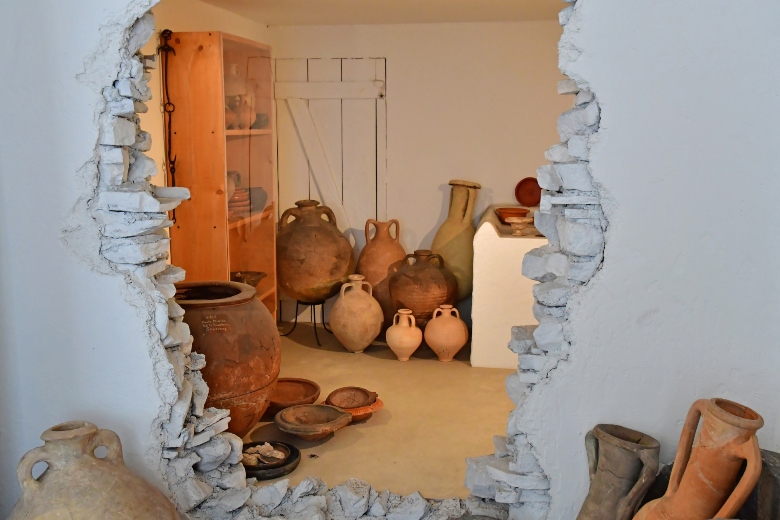
This museum gives you an insight into the history and culture of the Alsace region, covering everything from the switch of German to French control, to the local way of life to the many Christmas traditions that have originated here. Admission for children under 18 is free, and the pass for adults is very reasonable. The museum is well worth a visit to give some background to this beautiful and culturally rich city, plus there’s a whole exhibit devoted to wine pressing.
European Parliament Building
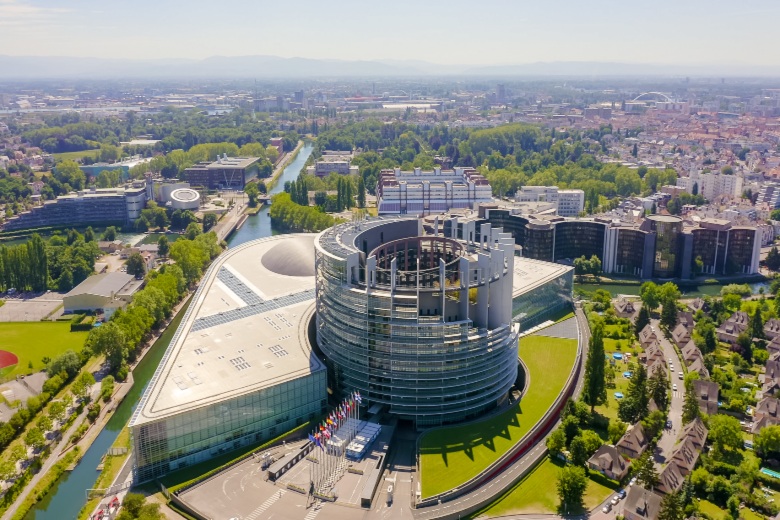
Inside there’s an audio guide, available in all 24 EU languages, that explains the various roles and functions of the Parliament in a clear, simple way as you enjoy your tour. Given Strasbourg’s multicultural history, it seems fitting that it would now be home to a hub of international goings-on.
Place Gutenberg
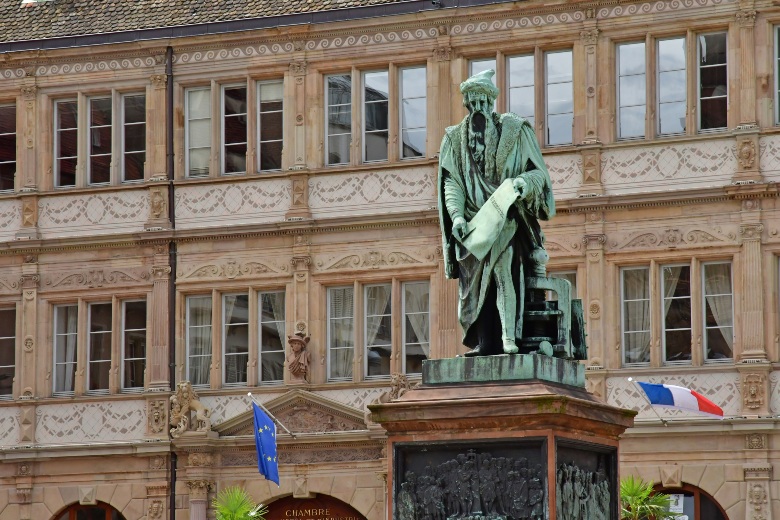
Just next to the Cathedral, Gutenberg Square is dedicated to Johannes Gutenberg, the famous inventor of the printing press, who lived in Strasbourg for 10 years and whose statue now has pride of place. From the middle ages to the 18th century the square was also a political centre, today you can see the Renaissance building that was the Chamber of Commerce. Filled with outdoor terraces and cafes, Place Gutenberg is the perfect spot to take a break from sightseeing and enjoy some of Strasbourg’s famous tarte flambée with a glass of rosé.
Jardin Botanique de l’Université de Strasbourg
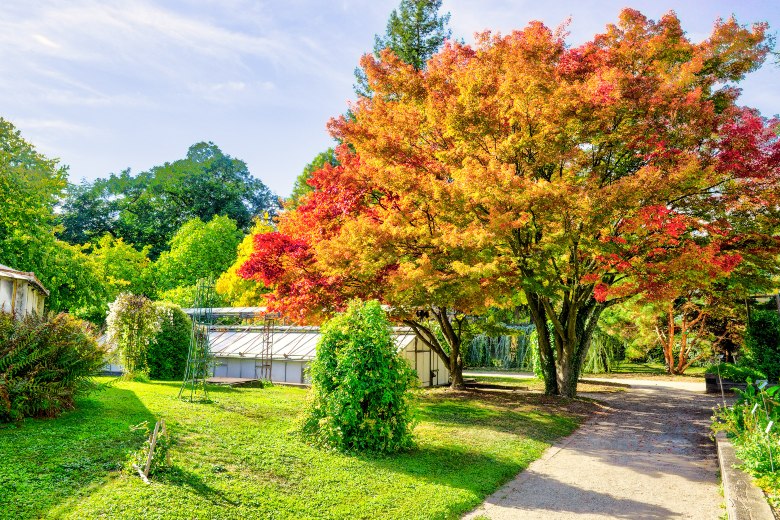
Another fantastic (and free) attraction is the botanic gardens and arboretum. Established in 1619 for the university, this botanic garden is the second oldest in France after Montpellier and without a doubt one of the most extensive and beautiful. Like Strasbourg itself, it has a complex history of being pulled back and forth between France and Germany, and most of it has been rebuilt and redesigned. Today it is made up of 9 areas surrounding the Institute of Botany; the arboretum, the tropical greenhouse, the cold greenhouse, the greenhouse of grasses, the Bary Greenhouse (the only original one remaining), the systematic garden, ecological planting, useful plants, and a pond.
Parc de Pourtalès
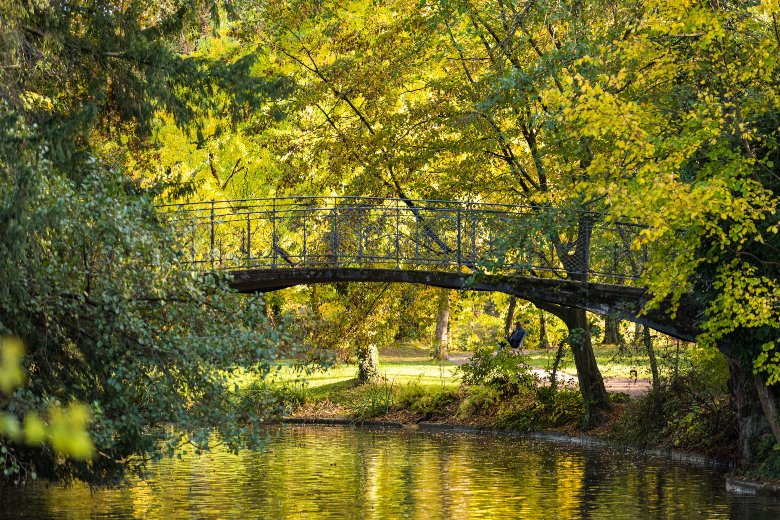
Parc de Pourtalès is a public park that spans 25 hectares and houses the Chateau de Pourtales. This beautiful park should definitely be on your list, it’s the perfect place for a peaceful stroll past fountains, bridges, and ponds. Little remains of the original park, except two crumbling statues, one of Apollo and one of Flora, so works from other artists have gathered here, starting something of a tradition of bringing new artworks to decorate the park. The most recent addition was the European Centre for Contemporary Artistic Actions having a variety of modern sculptures commissioned and installed throughout the park.
Pont de l’Europe
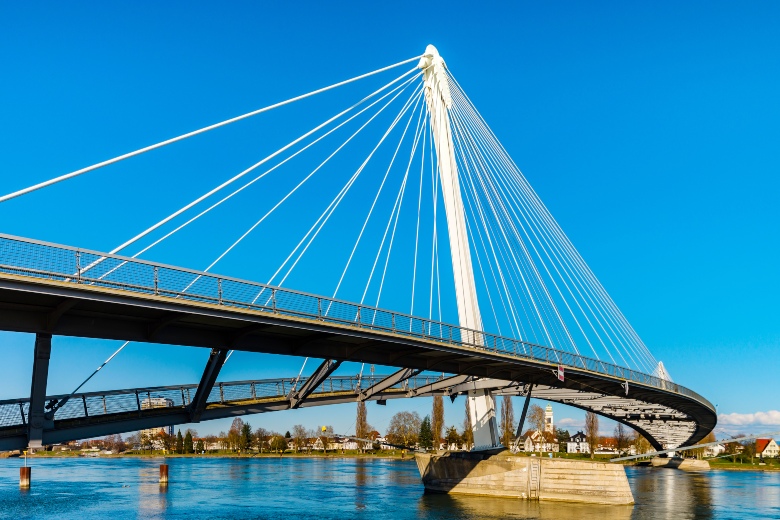
This landmark bridge connects Strasbourg and Kehl over the Rhine River. It dates from 1960 and is considered a symbol of French and German reconciliation after WWII. Bring your camera and snap a picture of the famous bridge, while you’re there you’ll be struck by how close Strasbourg is to the border and how it really is a place shared by two countries.
Opéra national du Rhin
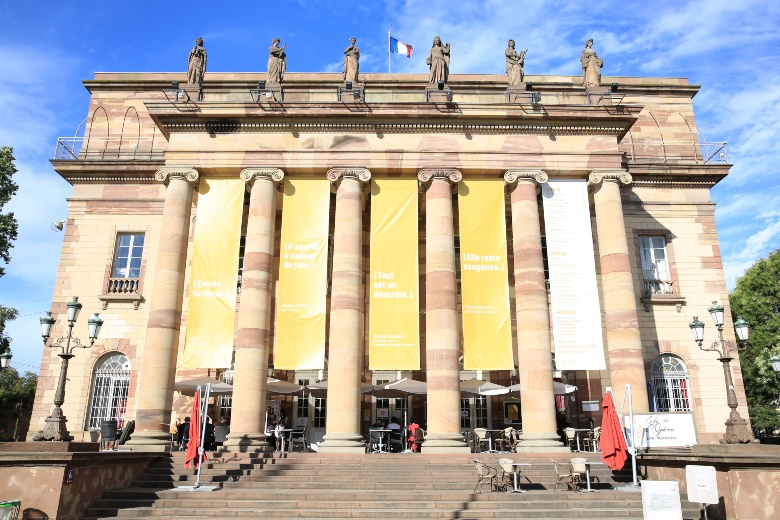
The Strasbourg Opera House was classified as a historic monument in 1921 and is famed for its Neoclassical design which was created by architect Jean-Nicolas Villot, along with a facade decorated with 6 statues of ancient Greek muses. Since its Grand Opening in 1821, the Opera House has seen performances conducted by Hans Pfitzner, Otto Klemperer, and George Szell to name a few. This historical center for the arts is well worth a visit.
La Nouvelle Douane
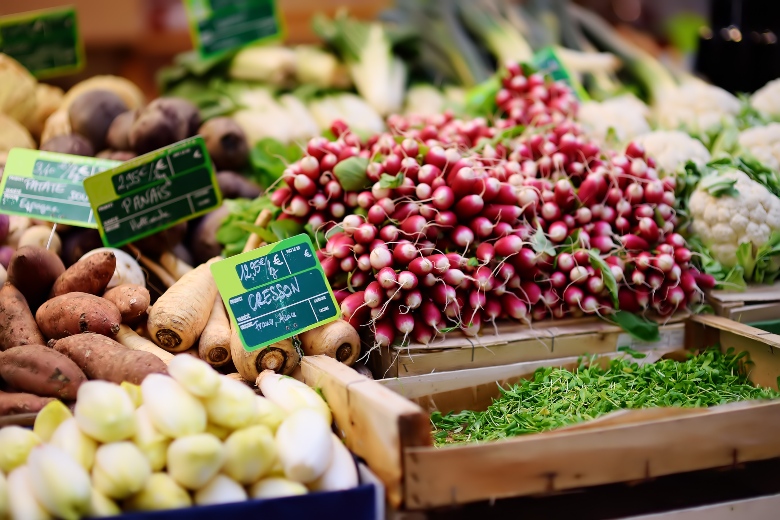
Described as ‘an upscale, urban farmers market’ La Nouvelle Douane is a popular choice for locals and tourists alike. Boasting a wonderful selection of seasonal cheeses, wines, and other fresh produce, la Nouvelle Duano is the perfect way to experience French life and food the traditional way. Whether you’re looking for a quick snack to take on your travels or you’ve decided to try your hand at some authentic Alsatian recipes during your stay, the market will have exactly what you need from delicious charcuterie to artisan jams and preserves. Just pair everything with a baguette and you’re good to go.
The Christmas Market
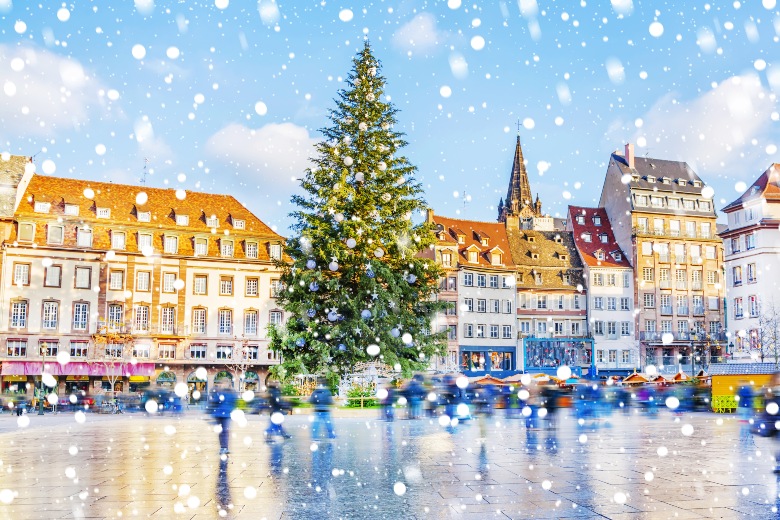
Strasbourg is renowned for its festive season. The beautiful lights, the sparkling decorations, and of course the Christmas Market. The whole city really goes all out for Christmas, and the magical atmosphere created has inspired many travelers to insist on always visiting during December. You’ll find all the squares have been turned into miniature winter wonderlands, with towering Christmas trees, gigantic outdoor ice skating rinks, stalls overflowing with colourful baubles and delicious pastries, carousel rides, and of course mulled wine galore. Strasbourg is a beautiful, fairytale city year-round, but it is particularly special at Christmas.


